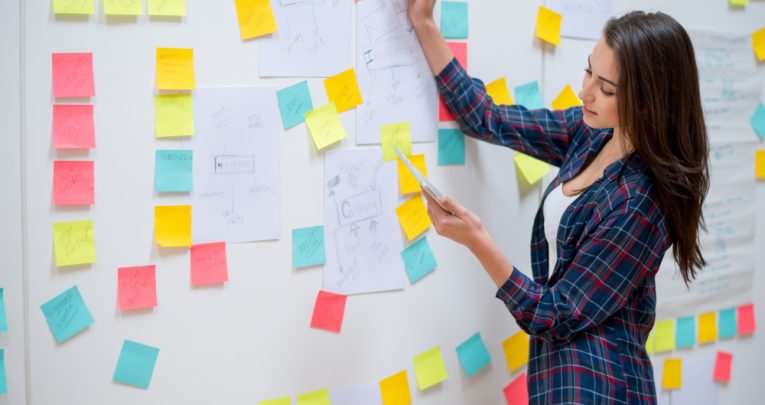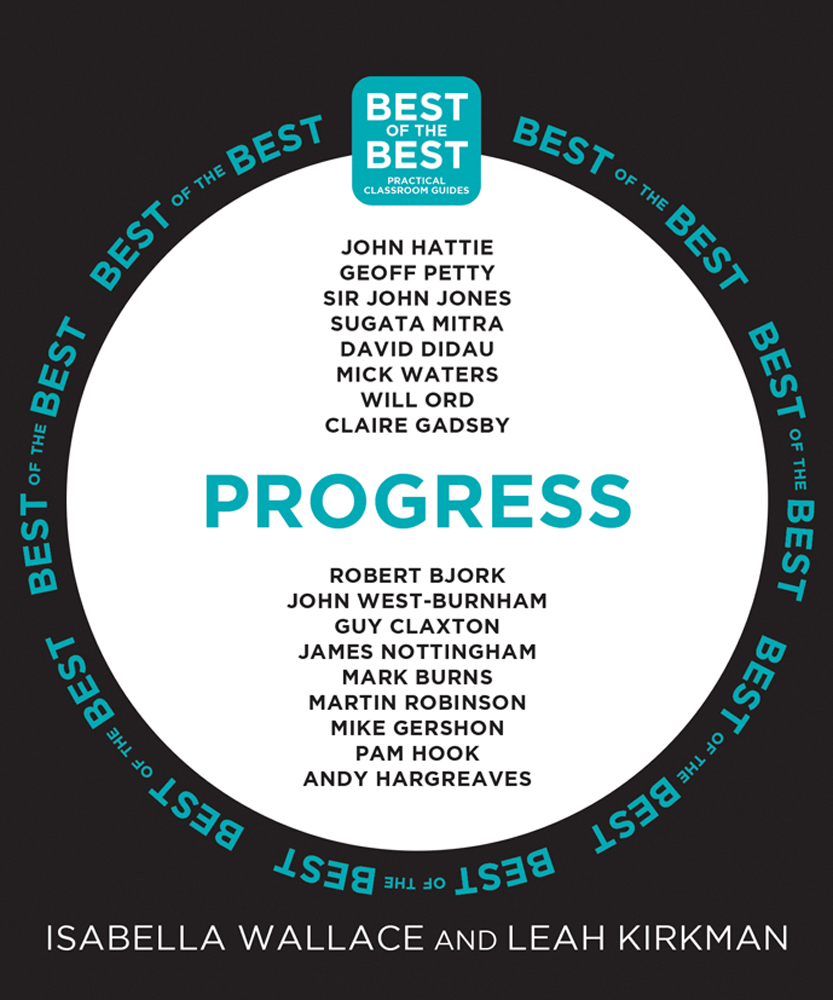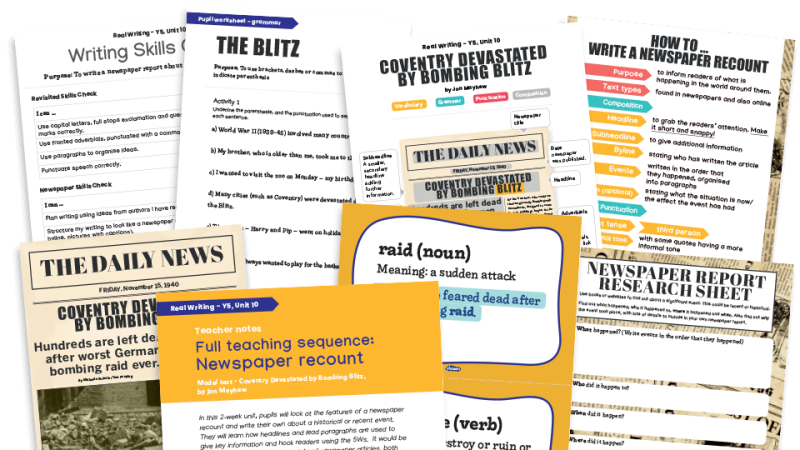Do Your Students Know What Progress Looks Like?

If your pupils are uncertain as to what the goal looks like, the path to get there becomes more difficult to follow

Mike Gershon says:
“What does progress look like? As teachers, we tend to have a good idea. But what about our students? If they are not certain, then progress will be harder to achieve. Ambiguity diffuses effort. It can also generate a sense of uncertainty. This makes it harder to stay motivated. Not knowing what the goal looks like makes the path more difficult to follow.
This leads us to the central premise that opening up success criteria makes progress a more likely prospect for all students. One of the most effective ways through which to do this is the provision of exemplar work.
This is work which demonstrates what it means to meet one or more of the success criteria for a given task or activity. It can also be work which demonstrates how not to fulfil the success criteria! In this case, the work becomes a negative model – something to work hard to avoid instead of imitate.
You can get exemplar work from a number of sources. Once option is to keep work produce by your current cohort and use this the following year. Another option is to create it yourself or, if appropriate, use the examples which some exam boards provide.
A final option is to use work produced by students in your current class. For example you might photocopy a piece which exemplifies how to make significant progress in a short space of time, annotate this and then share it with your class through a discussion exercise.
However you choose to use exemplar work, the effect will be the same. Students will have a clearer sense of what progress looks like, the success criteria will have been opened up for them and they will have a model to which they can refer when producing their own work.”
4 ways to make it work for you:
‘Best of the best’ curators Isabella Wallace and Leah Kirkman have some practical strategies to suggest
1. Gather information Ask colleagues who teach the same assignments as you to provide you with a list of ‘bad practice’ they have noted in pupils’ work. Use this information, together with your own notes, to compile a report – one to be shared with learners across classes – of pitfalls to avoid. You might even generate your own ‘negative model’ that demonstrates, in an amusing way, what not to do.
2. Create a gallery Use a digital camera to capture examples of great work and create an online gallery of these pieces that learners can peruse to assist them with their homework. Showing multiple examples of high-scoring work will reduce the risk of learners simply copying one great example they are shown, or producing too-close a replica
3. Spot similarities Give learners several examples of exemplar work and ask them to complete a ‘spot the similarities’ exercise, where they must scrutinise the excellent pieces and pick out things they all have in common. In doing this, they will be automatically generating a list of success criteria which they can then use to inform their own work.
4. Play Top Trumps Present learners with a selection of work samples at varying levels of quality. Using the concept of the well-known Top Trumps card game, ask learners to score the pieces of work against each of the success criteria. A mark out of 10 can be given for each ‘category’, so pupils are evaluating the strengths and weaknesses of each piece in an informed and useful way.
 This page has been adapted from Best of the Best: PROGRESS (Crown House), curated by Isabella Wallace and Leah Kirkman, and featuring some of the most influential voices in education.
This page has been adapted from Best of the Best: PROGRESS (Crown House), curated by Isabella Wallace and Leah Kirkman, and featuring some of the most influential voices in education.











